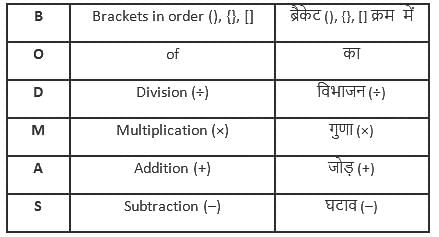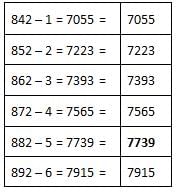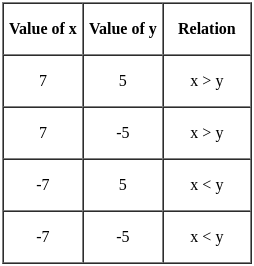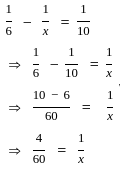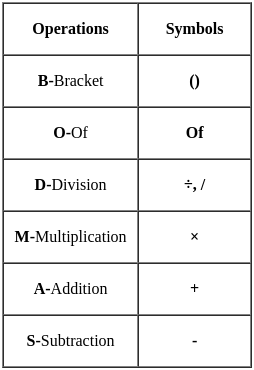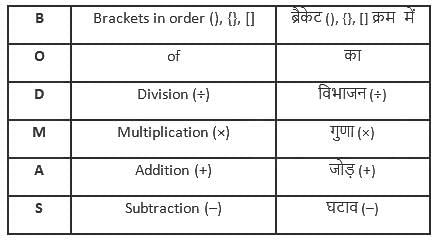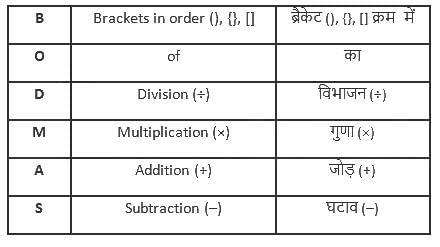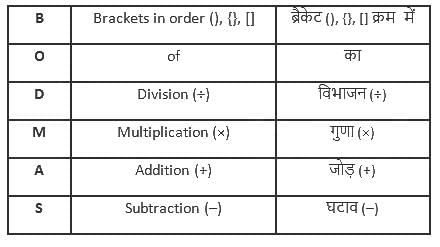Numerical Ability Test - 1 - Bank Exams MCQ
30 Questions MCQ Test IBPS RRB Clerk Mock Test Series & Past Year Papers 2026 - Numerical Ability Test - 1
What value will come in the place of the question mark ‘?’ in the following question?
(24 - 16) × (2/6) × 180 – 125% of 800 = ?
What will come in the place of the question mark ‘?’ in the following question?
112 + 82 + 132 = ? - 102 - 200% of 235
112 + 82 + 132 = ? - 102 - 200% of 235
Find the total number of students learning German from all the four schools.
Find the ratio between the total number of students learning German and French.
Find the difference between the number of students learning German from school C and that of school D.
What should come in place of the question mark '?' in the following number series?
399, 357, 315, 273, 231, ?
What should come in place of the question mark '?' in the following number series?
6, 7 ,15, 42, 106, ?
What will come in place of question mark (?) in the given series:
7055, 7223, 7393, 7565, ?, 7915
What should come in place of the question mark '?' in the following number series?
10, 5, ?, 10, 40, 320
What should come in place of question mark (?) in the following number series?
2, 12, 36, 80, 150, ?
In the given questions, two equations numbered l and II are given. You have to solve both the equations and mark the appropriate answer
I. x2 – 49 = 0
II. y2 – 25 = 0
What will come in place of question mark ‘?’ in the following question?
90% of 270 = ‘?’ % of 300
What will come in place of question mark (?) in the following equation?
(48 + 4 × 22) ÷ 8 = ?
What percentage of people practicing yoga are below 40 years of age?
The number of people below 20 years is what percentage more than that are above 60?
What is the difference between the no. of people practicing yoga below 40 and those above 40?
If the ratio of the people between 20 – 30 and between 30 – 40 is 48 ∶ 55, find the number of people practicing yoga that are between 20 – 30 years of age.
What percentage of the people practicing yoga are in the age group 20 – 60?
Girja saves 35% of her income and 20% of her savings she invests in stock market, if amount she invested in stock market is Rs. 3850. What is the income of Girja?
Narender marks were wrongly entered as 83 and 78 instead of 63 and 58. If the average marks calculated for the whole class increased by two, then what is the number of students in the class?
Direction: What should come in place of question mark (?) in the following question?
20% of 200 × √1225 + (207)2 = (?) - 25% of 160
What will be the value of '?' in the given question?
25% of 700 + 40% of 350 - 23 × 5 = ?
What approximate will come in the place of the question mark ‘?’ in the following question?
(143.99)1/2 + (63.98)1/3 = (?)1/2
What approximate value will come in the place of the question mark ‘?’
? ÷ 24.96% of 239.98 = 30.04
|
35 docs|45 tests
|
|
35 docs|45 tests
|


